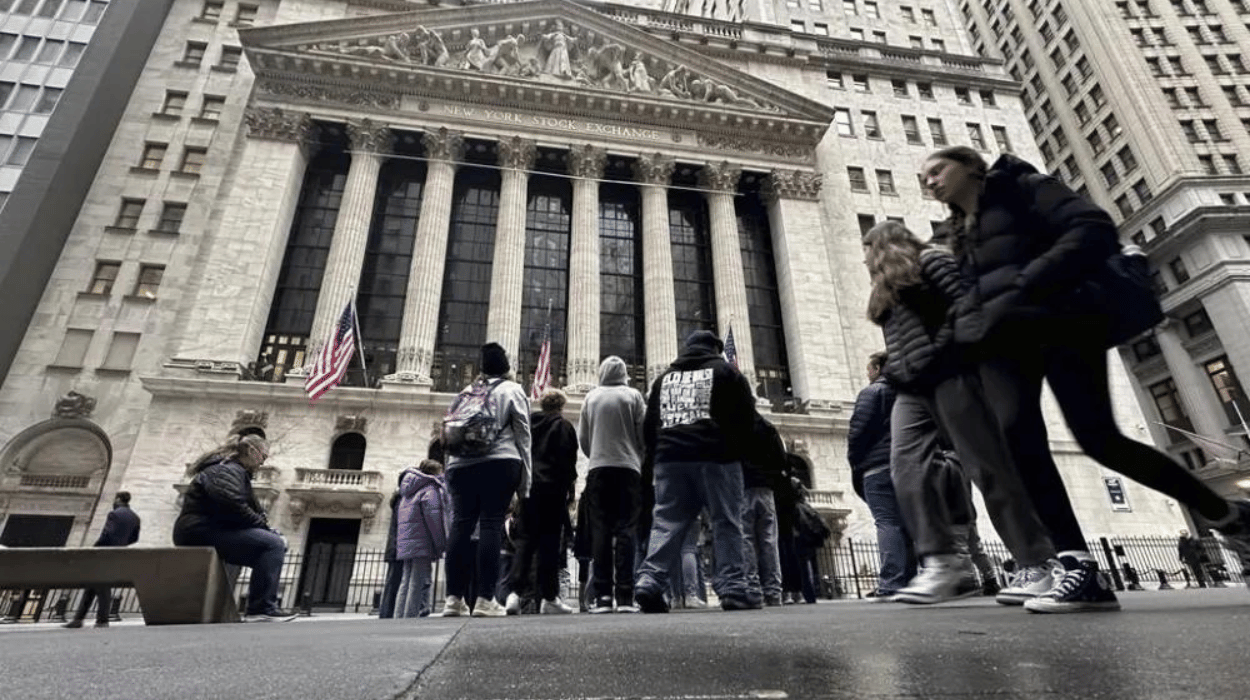Mexico (Transatlantic Today)— In March, Wall Street witnessed another surge in major U.S. stock indexes, with the S&P 500 marking its fifth consecutive month of gains. The large-cap index soared by 3.1%, while the Dow Jones Industrial Average and the small-cap Russell 2000 also recorded significant gains of 2.1% and 3.4%, respectively.
Factors Driving the Rall
The recent uptick in stock prices is attributed to several factors, including improving prospects for the U.S. economy and expectations surrounding the anticipated cuts to benchmark interest rates by the U.S. Federal Reserve.
Sector Highlights
Among the S&P 500 sectors, the energy sector was the best performer for the month, with a phenomenal 10.43% increase. Notably, stock prices for nearly all of the index’s energy companies increased, with Valero Energy Corp. leading the field with a 20.7% gain.
In contrast, the consumer discretionary sector exhibited minimal growth, with an incremental increase of only 0.01%. Despite overall positive movements within the sector, notable industry leaders such as Tesla Inc., McDonald’s Corp., and Nike Inc. encountered declines of 12.9%, 3.5%, and 9.6%, respectively.
Standout Performers and Laggards
Micron Technology Inc. led the pack as the standout performer within the S&P 500, marking an impressive surge of 30.1% throughout March. This remarkable ascent was propelled by the company’s unforeseen profit declaration for the latest fiscal quarter, driven by the escalating demand for semiconductors aimed at bolstering artificial intelligence capabilities.
In contrast, Lululemon Athletica Inc. fell 16.4%, making it the S&P 500’s worst-performing stock. The sportswear giant’s revenue projection for the current fiscal year fell short of expectations, causing its stock price to fall.
Despite fluctuations in specific sectors and individual stocks, the overall trend on Wall Street remains positive, exemplified by the S&P 500’s continuation of its winning streak for the fifth consecutive month. Investors are staying vigilant, closely observing market dynamics, and prepared to react to economic indicators and policy decisions that could impact future movements.


























